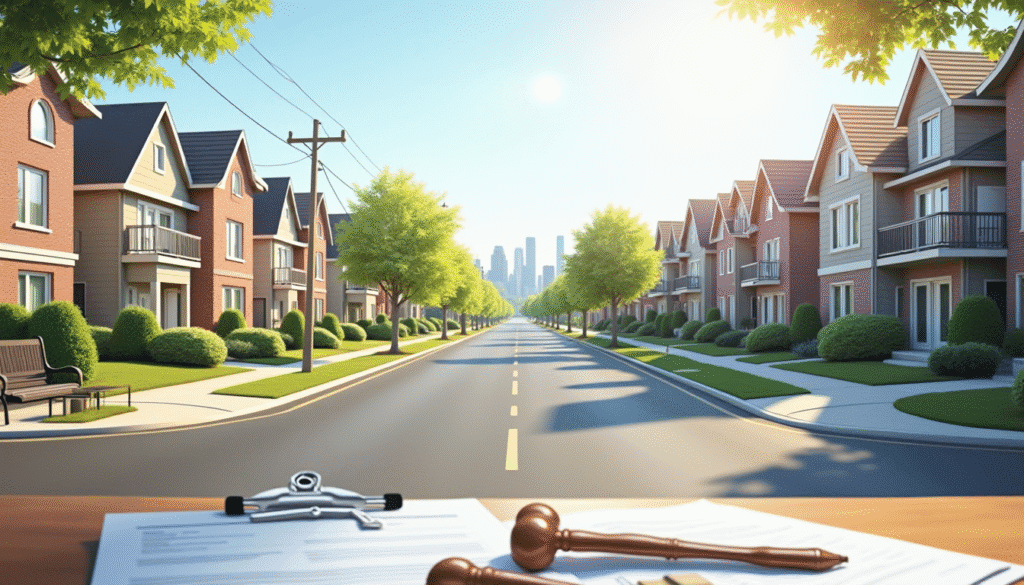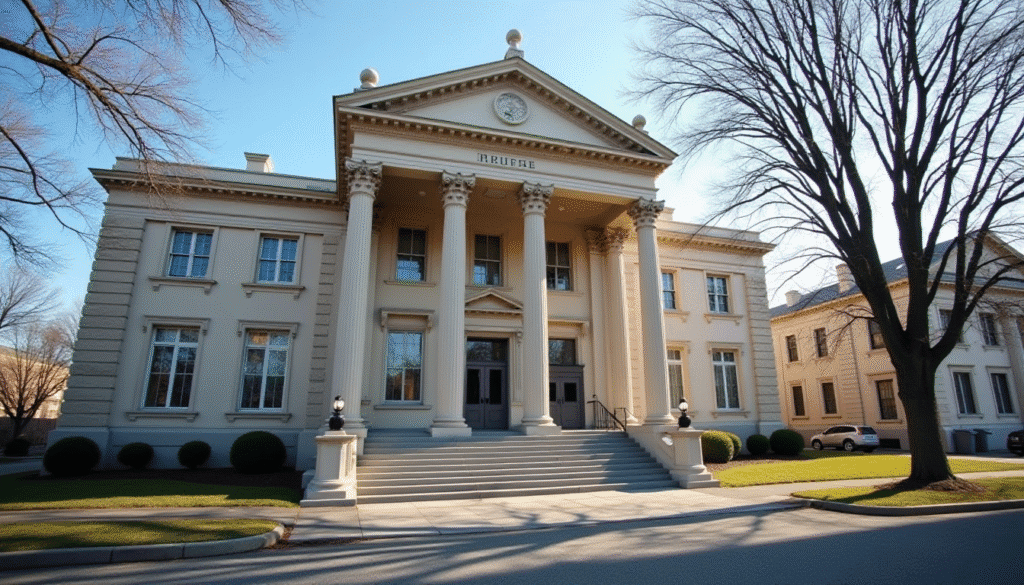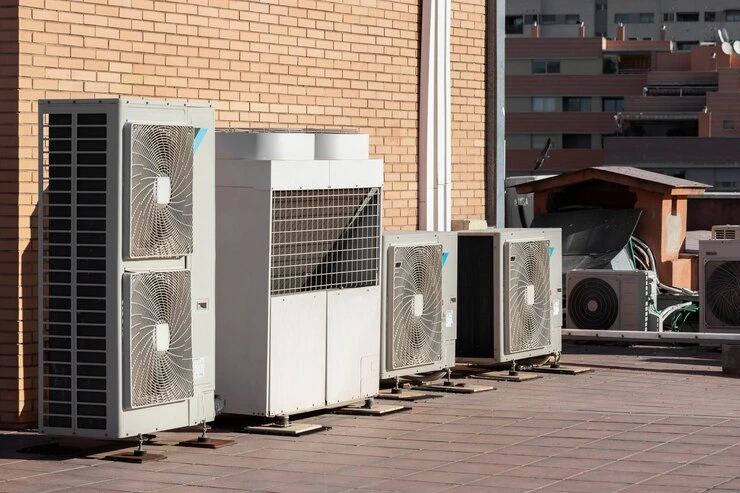Health hazards in rental properties pose serious risks to tenants and substantial liabilities for landlords. Managing these risks is crucial not only for legal compliance but also for tenant satisfaction and long-term property value. This article explores the health hazards landlords must address, outlines their responsibilities, and provides steps to minimize risk. By prioritizing tenant health and property upkeep, landlords can protect themselves from costly legal issues while ensuring safe living conditions.
What Are Health Hazards in Rental Properties?
Health hazards refer to environmental or structural issues in rental properties that can cause physical harm or illness. Common health hazards include mold, lead paint, asbestos, pest infestations, and poor ventilation. Each of these risks carries unique health implications and legal considerations for landlords.
Health Hazards and Legal Responsibilities
Landlords are legally required to provide a safe and habitable environment for tenants. This duty encompasses a range of safety and health standards that must be met. When health hazards arise, landlords may be held liable if they fail to address them promptly.
| Hazard Type | Health Implications | Landlord Responsibility |
|---|---|---|
| Mold | Respiratory issues, allergies, asthma | Remove visible mold, prevent moisture build-up, and repair leaks promptly. |
| Lead Paint | Cognitive impairments, developmental delays in children | Test for lead paint, particularly in older buildings; provide disclosures to tenants. |
| Asbestos | Lung disease, cancer | Avoid disturbances to asbestos materials; hire professionals for removal if needed. |
| Pest Infestations | Allergic reactions, disease transmission | Arrange for regular pest control and immediate action upon infestation reports. |
| Poor Ventilation | Respiratory issues, poor indoor air quality | Ensure ventilation systems work properly, and address ventilation concerns raised by tenants. |
Common Health Hazards in Rental Properties
Understanding the types of health hazards common in rental properties is essential. Below are some of the most prevalent hazards landlords should monitor.
1. Mold
Mold growth is a widespread problem in rental properties, particularly in areas with high humidity or poor ventilation. Mold exposure can cause severe respiratory issues, especially for individuals with asthma or allergies. Landlords should take preventative steps, such as addressing leaks and maintaining humidity levels.
2. Lead-Based Paint
Lead poisoning, particularly in children, is linked to lead-based paint used in buildings built before 1978. Landlords must comply with federal lead disclosure requirements, inform tenants of any potential lead-based paint, and address peeling paint surfaces immediately.
3. Asbestos
Asbestos, commonly found in older properties, poses significant health risks if fibers become airborne and are inhaled. Exposure can lead to lung disease, asbestosis, and cancer. Landlords should avoid disturbing asbestos materials and, if removal is necessary, hire licensed professionals.
4. Pest Infestations
Rodents, cockroaches, and bedbugs not only cause discomfort but also contribute to allergies, asthma, and disease transmission. Landlords should implement regular pest control measures and respond promptly to any pest-related complaints from tenants.
5. Poor Indoor Air Quality
Ventilation issues in rental units can lead to poor indoor air quality, which aggravates respiratory problems and can cause fatigue or headaches. Landlords are responsible for ensuring that HVAC systems function correctly and that units are adequately ventilated.
Tenant Rights and Landlord Obligations
Landlords have a legal obligation to address health hazards under the Implied Warranty of Habitability. This legal principle holds landlords accountable for maintaining properties that are safe and livable. Failure to address known hazards could lead to tenant complaints, legal action, or withholding of rent.
| Health Hazard | Tenant Rights | Landlord Obligations |
|---|---|---|
| Mold | Tenants can report mold issues and expect timely remediation. | Landlords must repair water sources and clean visible mold as required by local laws. |
| Lead Paint | Tenants have the right to be informed of potential lead hazards. | Landlords must provide lead disclosures and eliminate hazards in compliance with EPA rules. |
| Asbestos | Tenants can request professional handling of asbestos materials. | Landlords must ensure asbestos remains undisturbed or is removed by certified professionals. |
| Pest Control | Tenants can demand pest control if infestation occurs. | Landlords should schedule pest control services regularly and address infestations swiftly. |
Steps for Landlords to Prevent and Address Health Hazards
Landlords can take specific actions to minimize the risk of health hazards and ensure a safe living environment. Below are steps to consider:
1. Regular Inspections
Scheduling regular property inspections helps landlords identify and address potential health hazards early. Inspections should include checks for mold, asbestos, ventilation, and signs of pests.
2. Prompt Repairs
Quickly addressing tenant-reported issues, such as leaks or ventilation problems, prevents these concerns from escalating into significant health risks. Mold, for instance, often results from unresolved leaks.
3. Safe Material Handling
In older properties, materials like asbestos and lead-based paint may still be present. Landlords should avoid unnecessary disturbances to these materials and employ certified professionals for any removal needs.
4. Professional Pest Control
A routine pest control schedule can prevent infestations and alleviate potential health issues for tenants. Promptly addressing tenant complaints about pests is crucial in maintaining a healthy living environment.
5. Effective Communication
Open communication with tenants ensures they report health hazards promptly. Providing tenants with guidelines on ventilation, mold prevention, and pest control can also help reduce risks.
Consequences of Ignoring Health Hazards
Ignoring health hazards can result in significant repercussions for landlords. These include legal actions, financial penalties, and damage to their reputation. Additionally, neglecting health hazards often leads to higher tenant turnover, as renters are likely to move if their living conditions are unsafe.
FAQs on Health Hazards and Landlord Liability
Q1: What can tenants do if their landlord fails to address health hazards?
If landlords fail to address reported health hazards, tenants may seek remedies such as withholding rent, making repairs themselves (depending on state laws), or taking legal action.
Q2: Are landlords responsible for health hazards caused by tenants?
Landlords are responsible for maintaining the property, but if tenants cause or contribute to a health hazard (e.g., through poor ventilation practices), the landlord may have grounds to limit liability.
Q3: How often should landlords inspect for health hazards?
Regular inspections are advised, often semi-annually or annually. However, landlords should also conduct inspections when a unit becomes vacant and address any complaints as they arise.
Q4: Do landlords need to disclose all potential health hazards?
Landlords are required to disclose known hazards like lead-based paint, but requirements may vary by state for other issues like mold or asbestos. It’s best practice to inform tenants of any known risks.
Conclusion
Addressing health hazards in rental properties is a vital responsibility for landlords, ensuring tenant safety and compliance with the law. By proactively managing mold, asbestos, lead paint, pests, and ventilation issues, landlords not only fulfill their legal obligations but also foster a safe and appealing environment for tenants.






